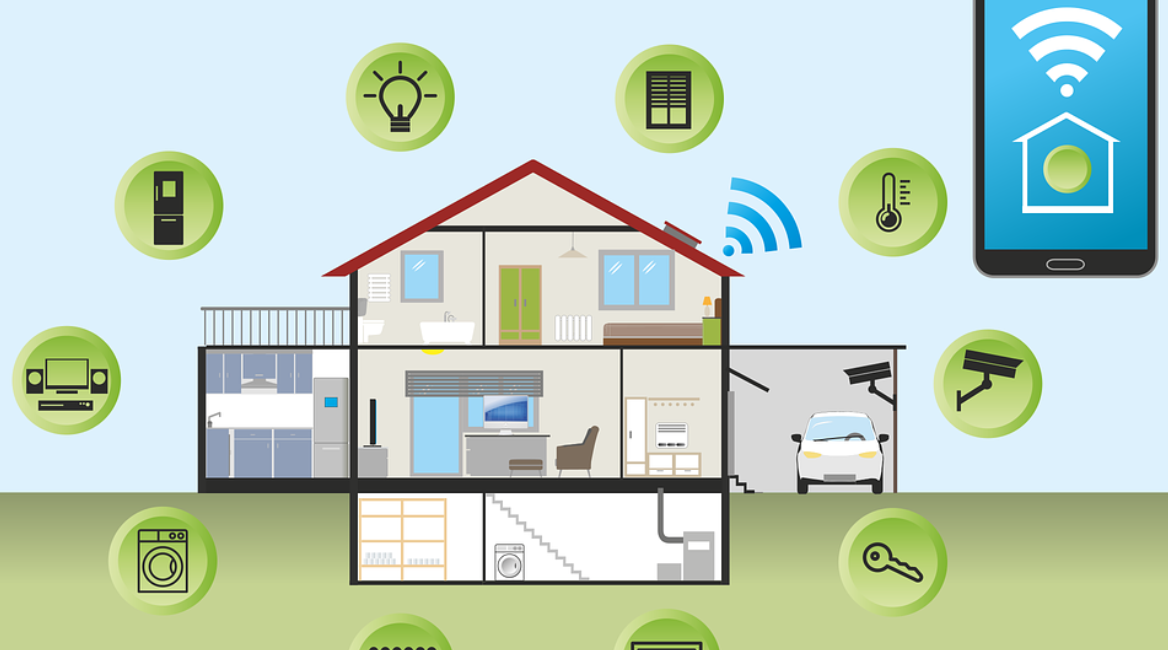“Are we out of milk?” If you’ve stood in the grocery store having that thought, or a similar one, you can understand the appeal of using your smartphone to access a camera in your fridge. Just a few seconds is all it takes to confirm that yup, you’re out of milk. Crisis averted.
That’s just one small example of the ways in which technology can make life easier. Smart refrigerators are just a tiny piece of the puzzle. Smart homes equipped with interconnected technology, much of which can be controlled via smartphone, are steadily becoming more popular. Field techs will have to adapt.
Luckily, you have plenty of time to prepare for the rise of smart homes. The research firm Forrester found that only 6 percent of American homes had smart home devices in 2016, and the firm predicts that the number will reach about 15 percent by 2021. You don’t have to change the way you operate just yet, but savvy service firms should be thinking about the future.
1. Field Techs Will Have to Go High Tech
When a customer’s lights, appliances and HVAC system are controlled with smart technology, any service tech who is called into work on one of those systems will have to know how to access the source of the problem and without permanently damaging the customer’s very expensive tech. That means that everyone in the service field will have to become more comfortable with working around the electronics that make a smart home work.
This will be easier for some than others. Techs who repair electronics are already accustomed to working with advancing technology, but some contractors and plumbers have been using the same tools and processes for decades and will have to adapt.
In order to remain competitive, field techs will also have to educate themselves about the current smart home systems so they’re ready to work with them.
2. Data Will Inform Your Recommendations
It’s true that smart home technology may make your job harder in some ways, but it will also make your job easier in others. The data stored in your customers’ devices will help you diagnose problems and make the most informed recommendations about efficiency and security.
In homes outfitted with 20th-century fixtures, finding the location of a leak or figuring out why a certain duct isn’t working can require a lot of time and trial and error. Field techs will still have to rely on their knowledge and experience to identify problems and come up with solutions, although techs who are equipped up with a good mobile field service solution will have a leg up by being able to look at information like a customer’s service history and an appliance’s warranty expiration date to help them figure out what may be the issue. That said, your customers’ smart devices store can help techs zero in on the source of an issue or rule out potential causes, and get to the solution faster.
3. Customers Will Become Home Experts
Just as doctors are said to make the worst patients, tech-savvy homeowners may prove to be the most challenging customers for field techs. In the recent past, most homeowners knew nothing about how their lighting was wired or how much energy their refrigerators were using. Customers who install smart technology will be able to access tons of data about their systems from their smartphones, which means they’ll be paying close attention to the ways their homes are working.
More in-home technology also means there are more things that can go wrong. That may cause some headaches for field techs, like if a customer calls you after hours because the internal camera on her smart fridge isn’t working.
But homeowners becoming masters of their own technology can be a good thing, too. Some of your customers will become more proactive in bringing you in to address problems as they happen, rather than ignoring issues until they become too big to fix.
As the home service industry evolves, mHelpDesk will evolve too, but, we’ll continue to help you do the work you love.
Last Updated By: Rochelle Sanchirico
Field Service Automation
Service Solutions
Last modified: April 6, 2018








